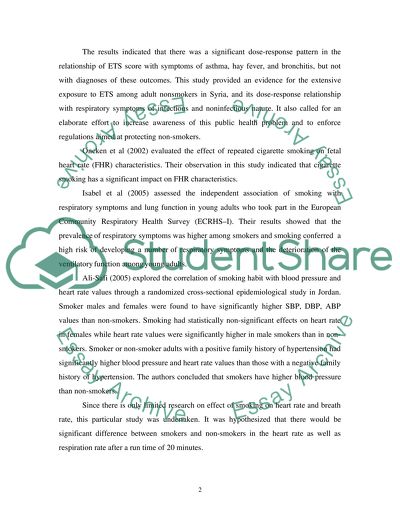Cite this document
(The Effect of Smoking on Heart Rate and Breath Rate Research Paper, n.d.)
The Effect of Smoking on Heart Rate and Breath Rate Research Paper. Retrieved from https://studentshare.org/health-sciences-medicine/1545655-smokers-vs-non-smokers
The Effect of Smoking on Heart Rate and Breath Rate Research Paper. Retrieved from https://studentshare.org/health-sciences-medicine/1545655-smokers-vs-non-smokers
(The Effect of Smoking on Heart Rate and Breath Rate Research Paper)
The Effect of Smoking on Heart Rate and Breath Rate Research Paper. https://studentshare.org/health-sciences-medicine/1545655-smokers-vs-non-smokers.
The Effect of Smoking on Heart Rate and Breath Rate Research Paper. https://studentshare.org/health-sciences-medicine/1545655-smokers-vs-non-smokers.
“The Effect of Smoking on Heart Rate and Breath Rate Research Paper”, n.d. https://studentshare.org/health-sciences-medicine/1545655-smokers-vs-non-smokers.


